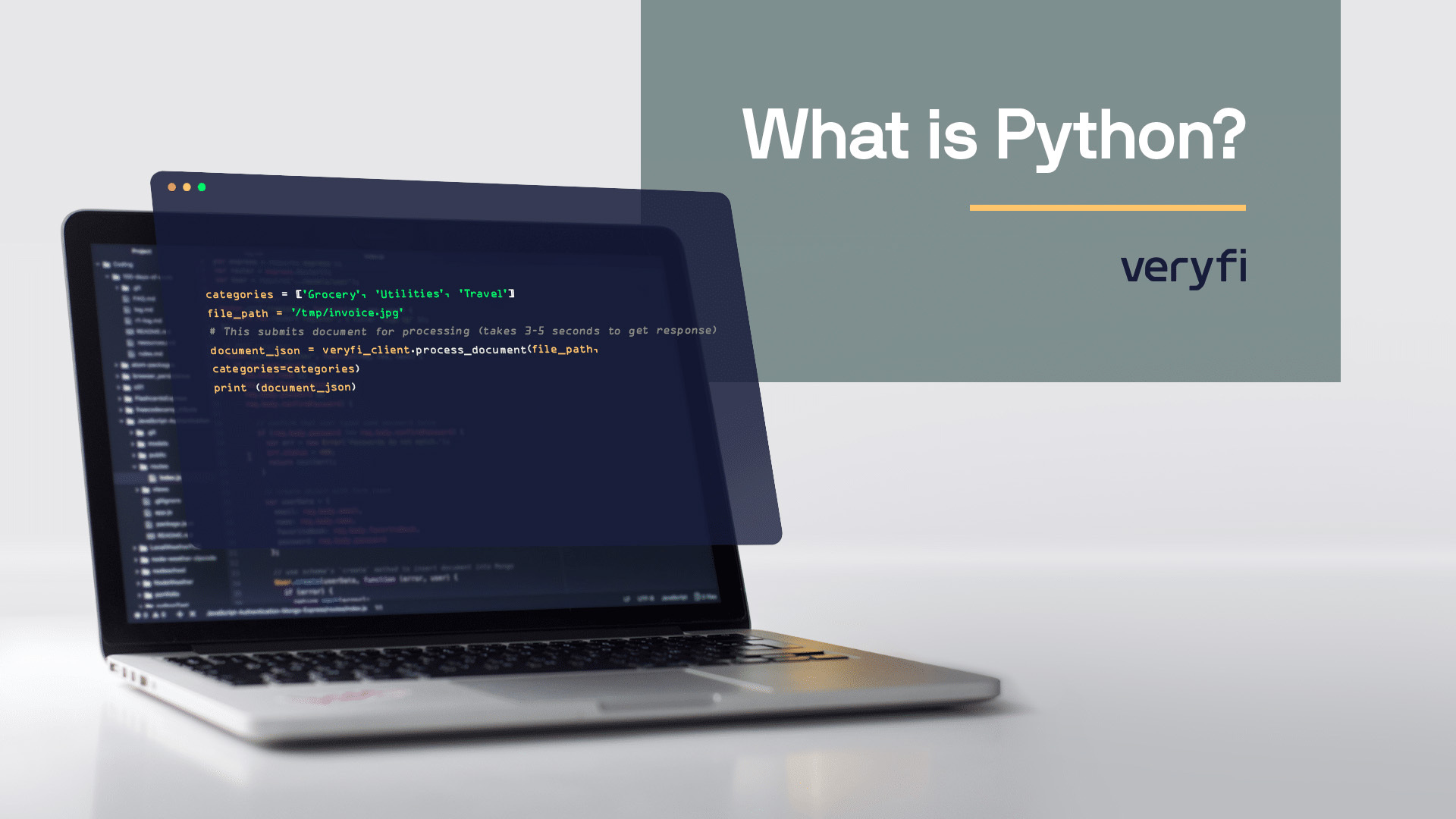Python is a high-level, interpreted programming language that was first released in 1991. It is known for its clear and concise syntax, making it an ideal language for beginners to learn. Despite its simplicity, it is a powerful language that is used for a wide range of applications, including web development, data analysis, artificial intelligence, and scientific computing.

The Origin of Python
Guido van Rossum is credited as the creator of the Python programming language. Many readers may not know that it is named after the Monty Python comedy group. One might ask: “Is it a Flying Circus, or a Holy Grail?” Well, while it may not reveal The Meaning of Life, its popularity is fueled by several advantages.
Advantages of Python
Due to its significant advantages, Python is currently the most popular programming language. Previously, only Java and C held the top ranking among programming languages.
Ease of Use
One of the biggest advantages of Python is its ease of use. The language is easy to read and write, with clear, human-readable code. This makes it ideal for both beginners and experienced programmers, as it allows them to quickly and easily build complex applications. Additionally, it has a large and active community, which means that there are plenty of resources available for learning and troubleshooting.
Versatility
Another key advantage of Python is its versatility. It’s used for a wide range of applications, including web development, data analysis, and scientific computing. In web development, it’s used to build backend systems and dynamic websites. It’s also used in data analysis and scientific computing, where it is used to process and analyze large amounts of data. Additionally, it is a popular language for artificial intelligence and machine learning, making it a valuable tool for businesses looking to harness the power of these technologies.
Open-Source License
Python is also an open-source language, which means that it is free to use and distribute. This makes it accessible to anyone, regardless of budget. Additionally, the large community means there are plenty of libraries and tools available, making it easier to build and scale applications.
Basic Python Programming
One common approach to learning a new programming language is to write a “Hello World” app. Here is sample code for a “Hello World” app in Python (you’ll need a Python shell to run the code):
print("Hello, World!")
And, here’s how it looks in a shell when that code is executed:

It’s that easy!
Beyond The Basics
Python is a versatile, high-level programming language that is easy to learn and use. It’s used for a range of applications including web development, data analysis, artificial intelligence, and scientific computing. With its clear syntax, large and active community, and open-source nature, Python is an ideal language for anyone looking to build complex applications and advance their programming skills.
To improve your skills, we recommend this article: Getting Started with Python. Once you’ve learned the Python basics, you’re ready to use the Veryfi OCR API Platform to capture data from a receipt or invoice in 5 lines of Python code! If you prefer to learn from videos, check out our Python tutorial featuring Veryfi Co-founder Dmitry Birulia.
And, to further explore how Python can be used with Veryfi, please sign up for a free account.
